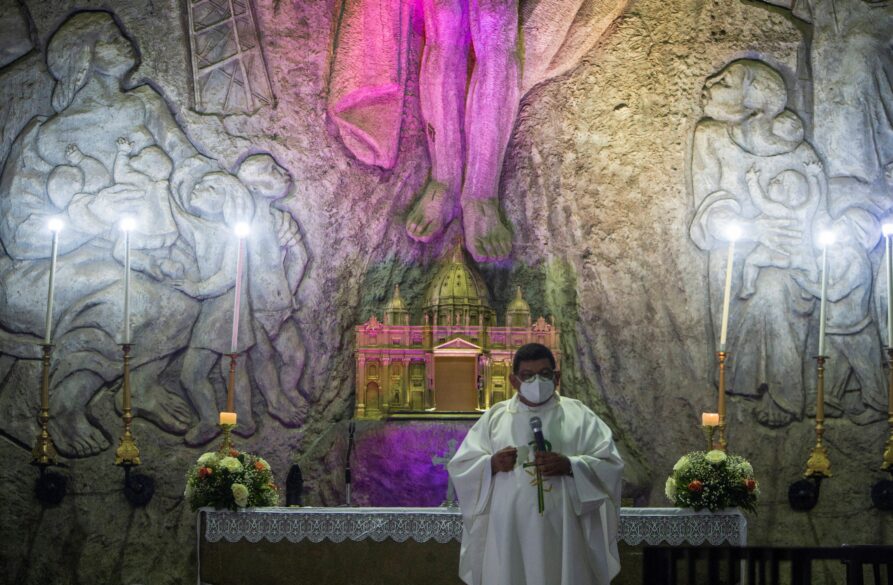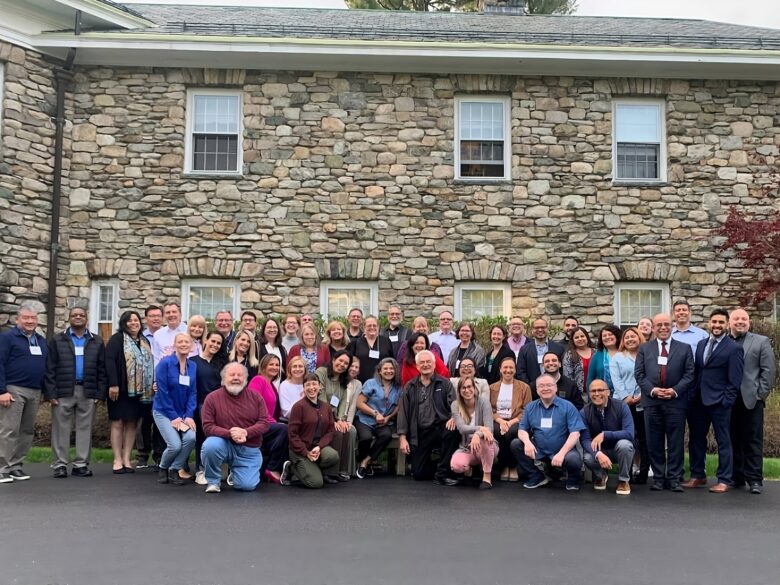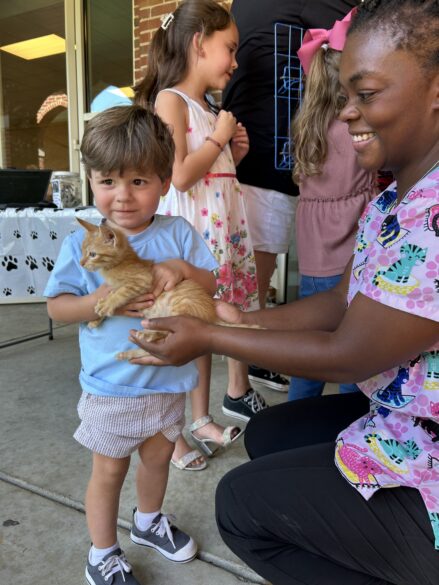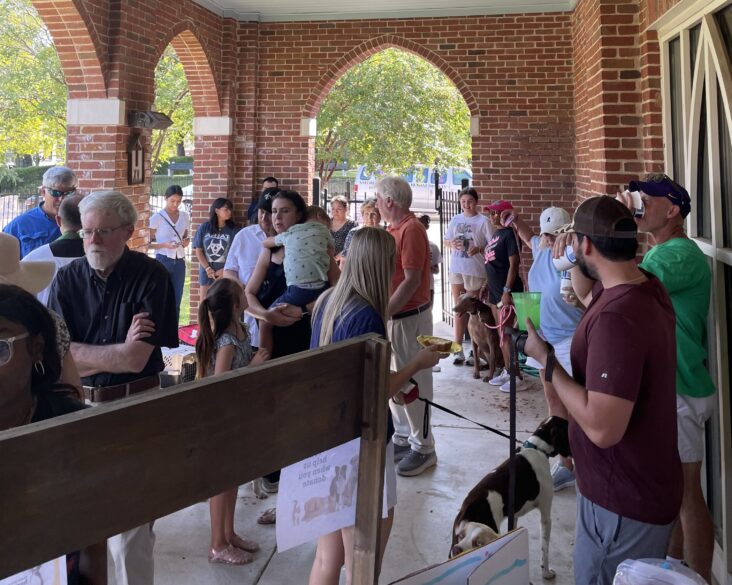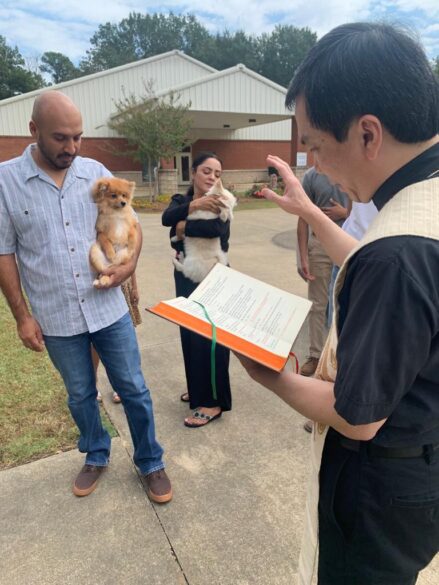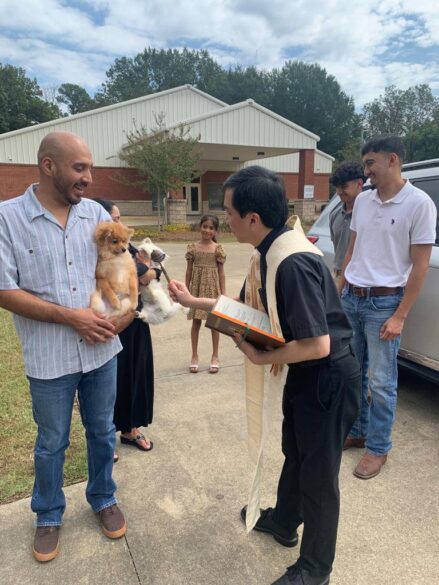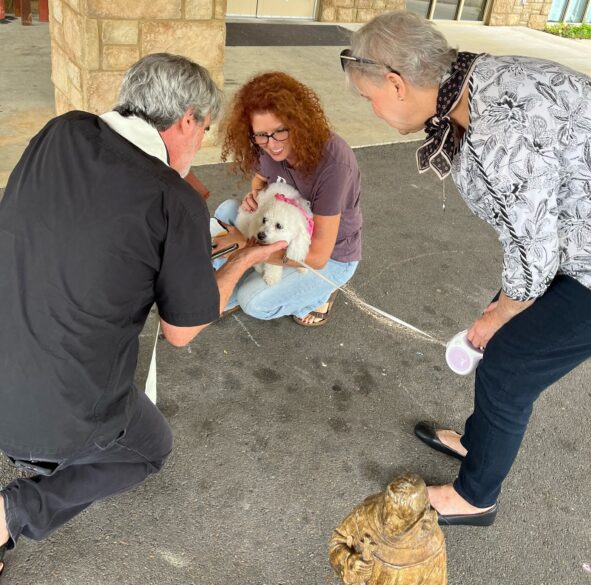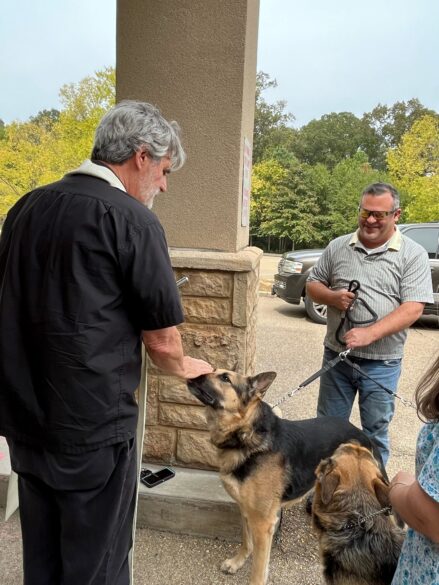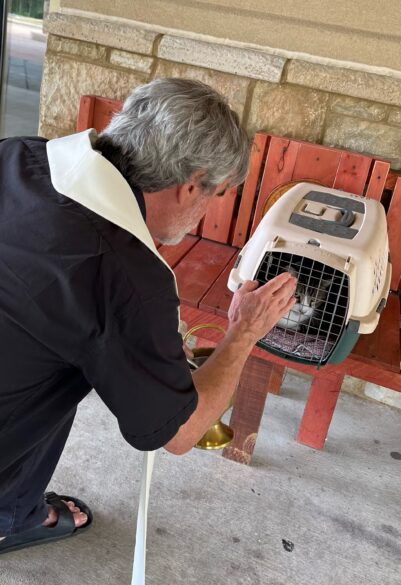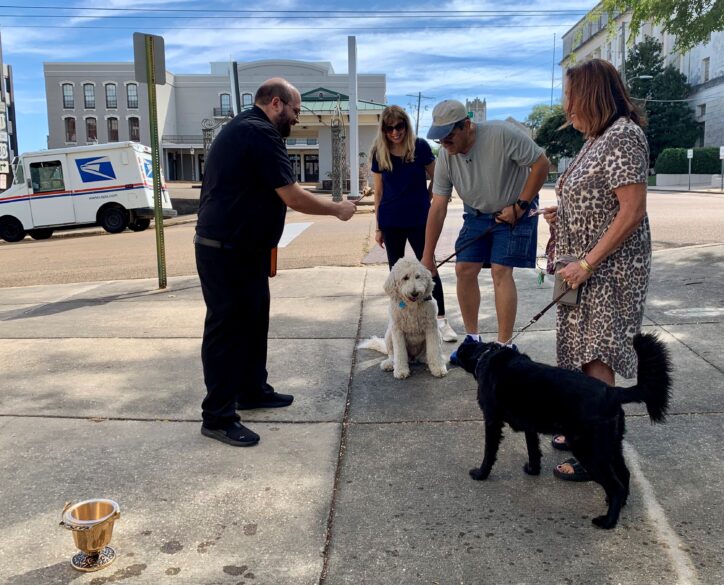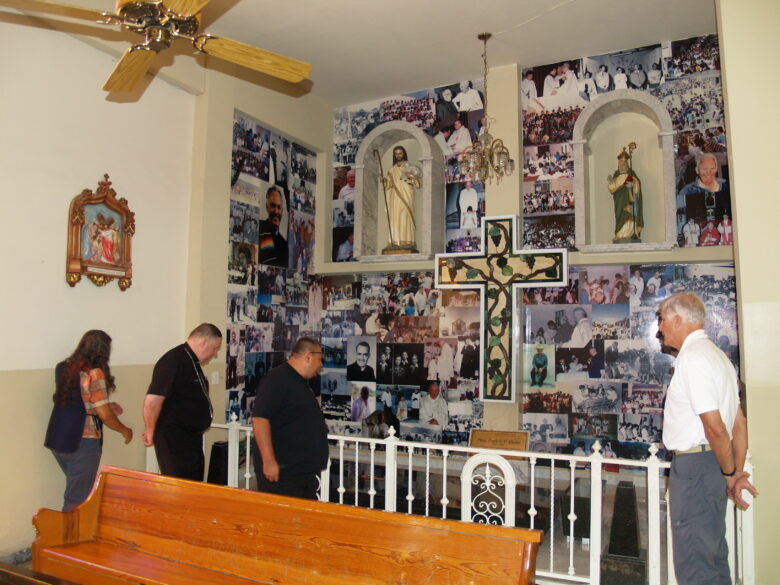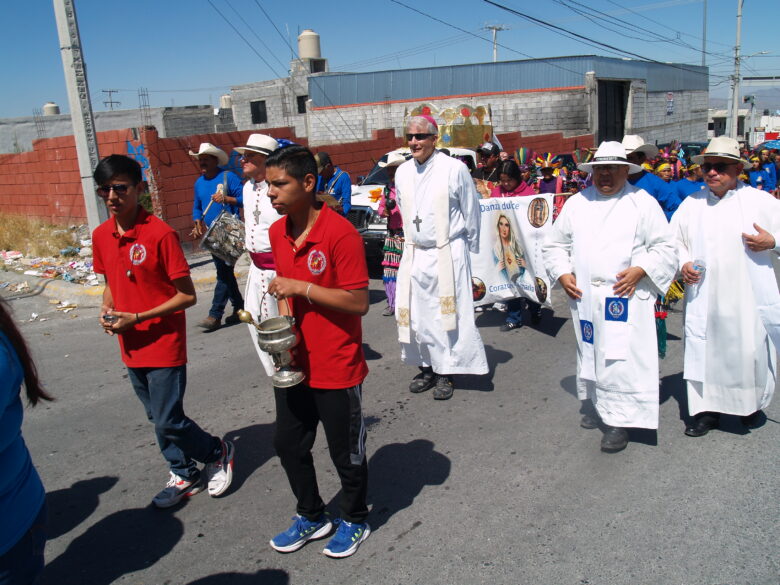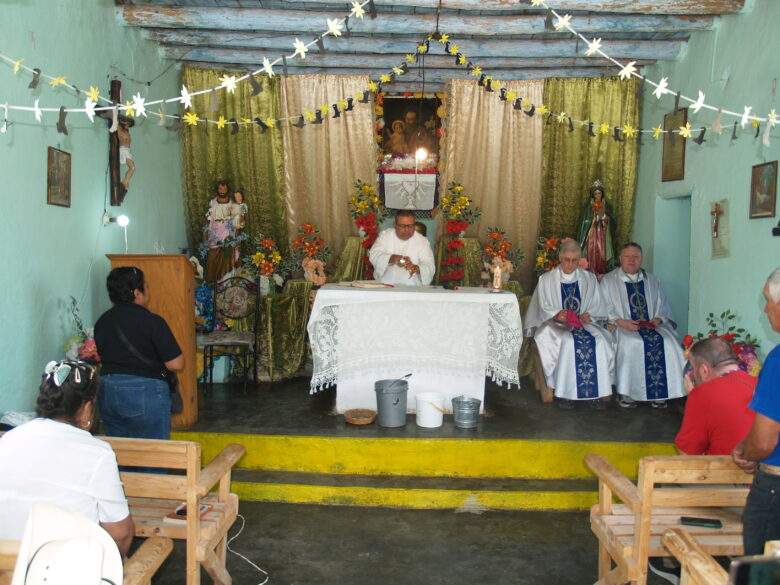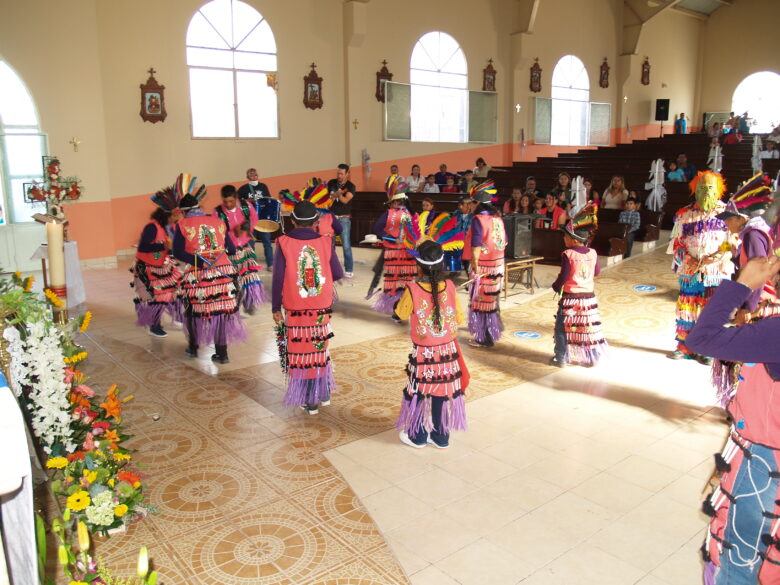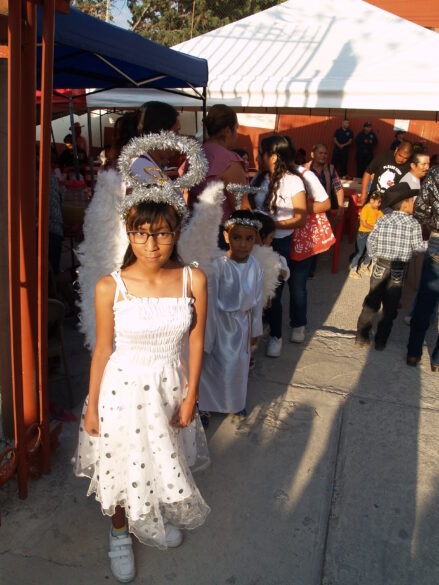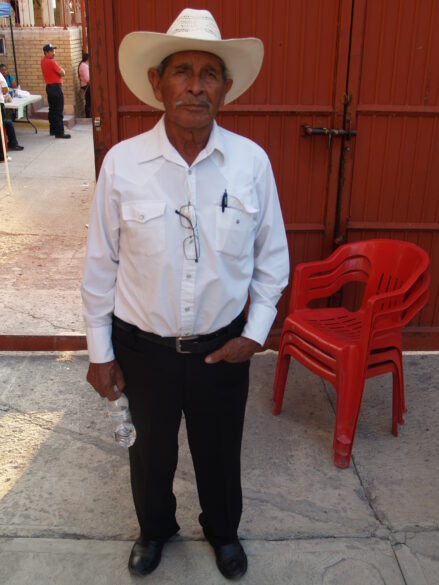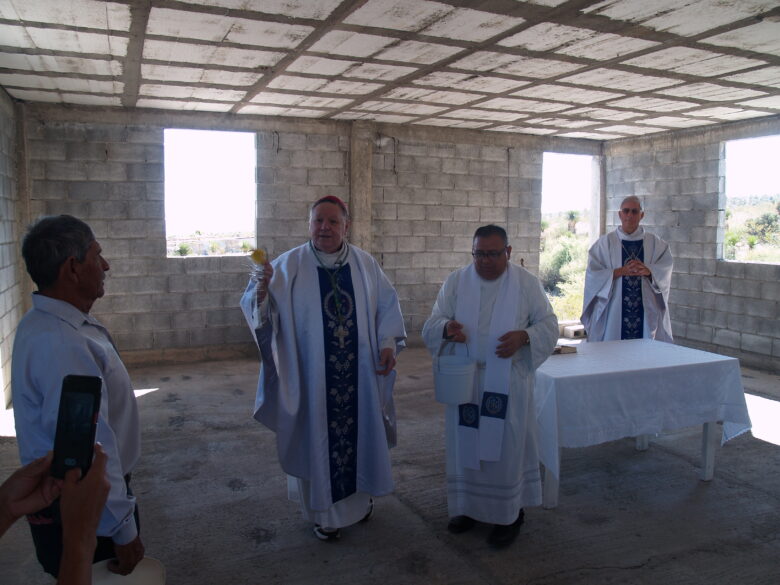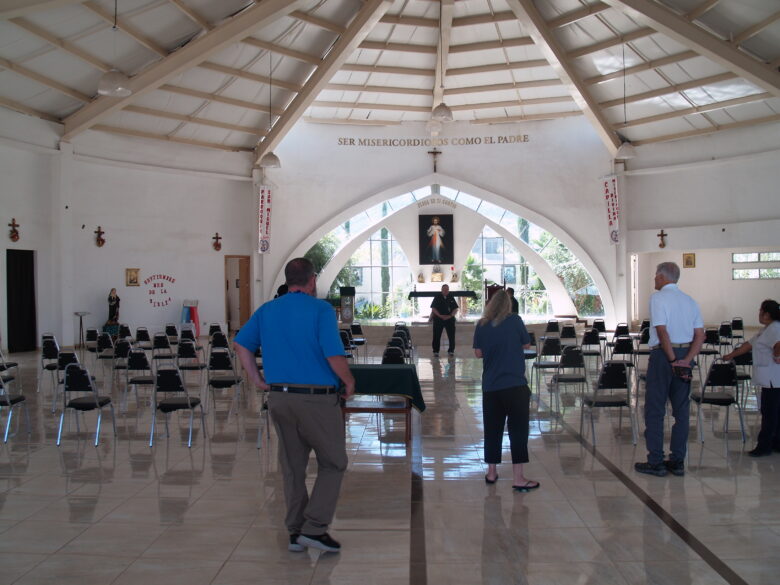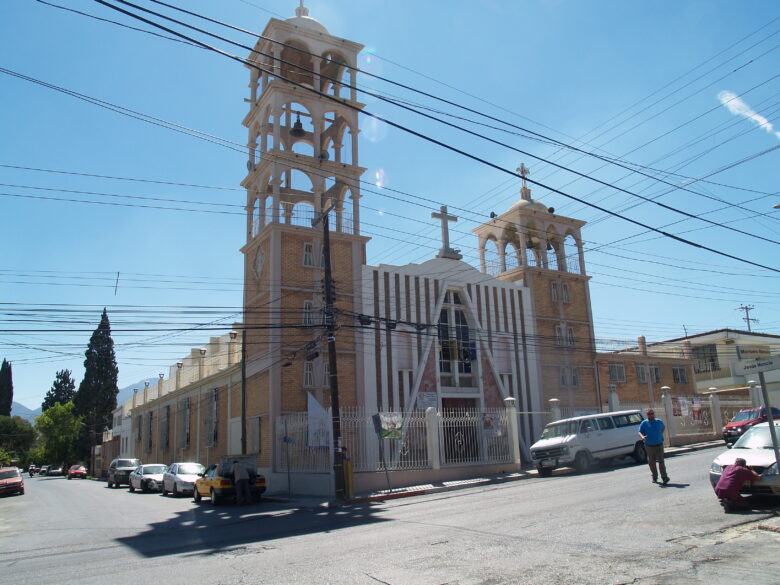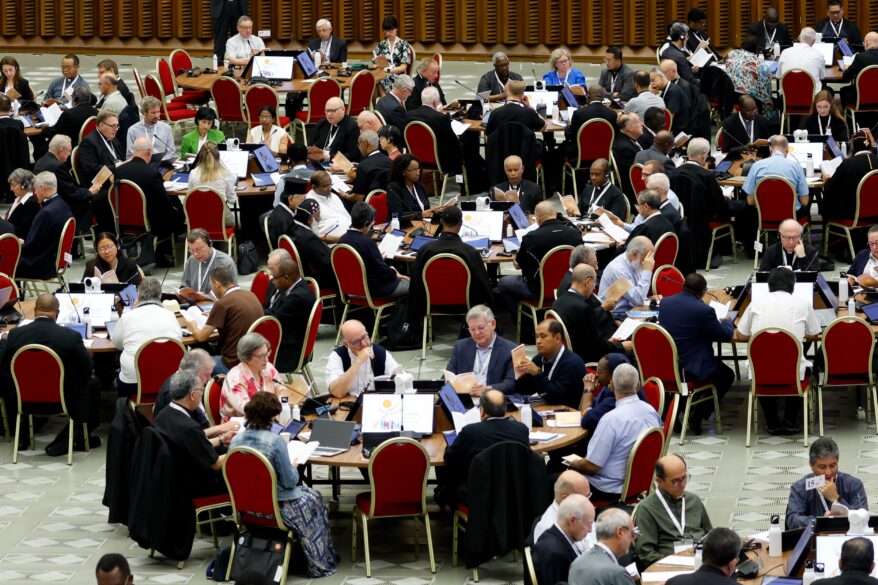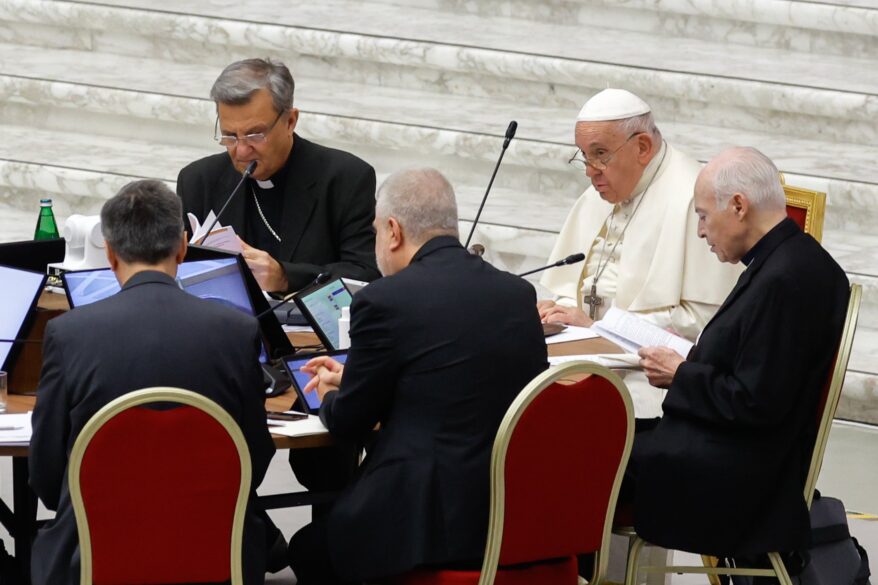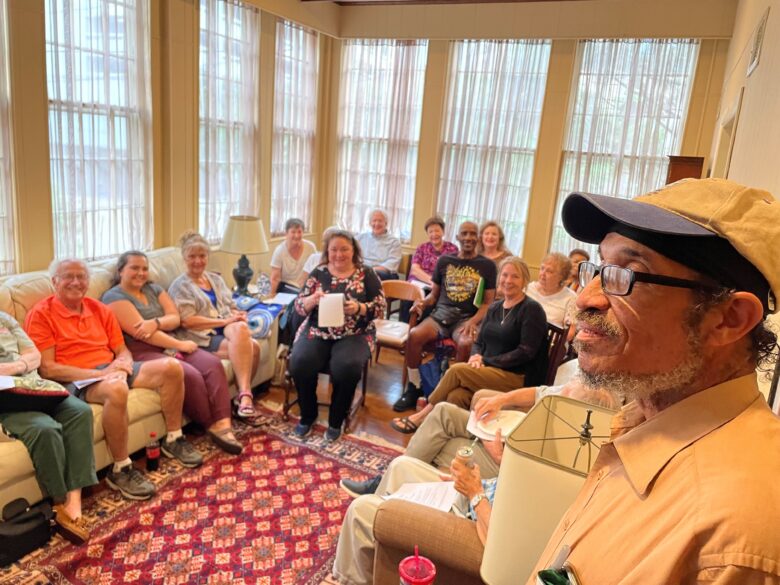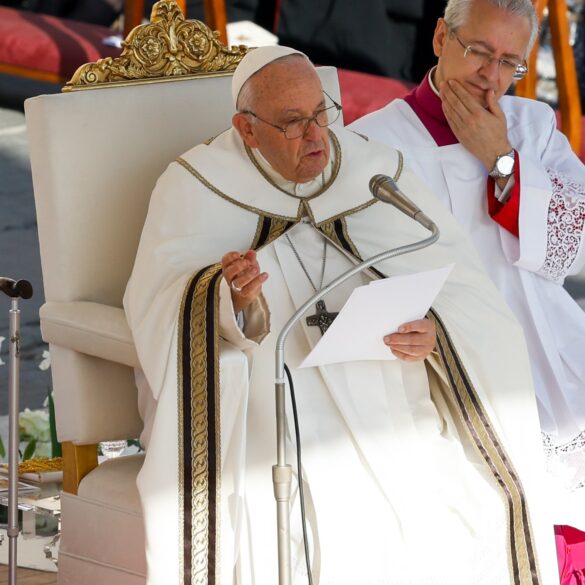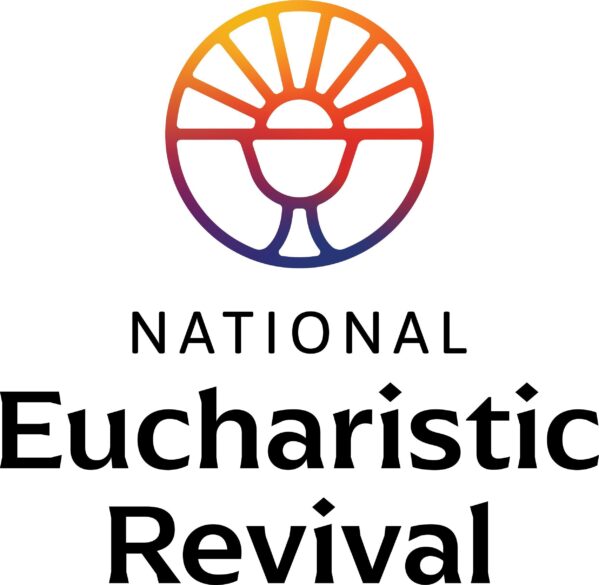Por Cindy Wooden
CIUDAD DEL VATICANO (CNS) — Tomar en serio la lección de la parábola del buen samaritano es la clave para ayudar a los millones de migrantes y refugiados obligados a viajar lejos de sus países de origen y a menudo explotados en el camino, dijo el Papa Francisco.
“El camino que conducía de Jerusalén a Jericó no era una vía segura, como tampoco lo son hoy las numerosas rutas migratorias que atraviesan desiertos, bosques, ríos, y mares”, dijo el Papa el 19 de octubre mientras guiaba un servicio de oración por los migrantes y refugiados con los miembros del sínodo sobre la sinodalidad.
“¿Cuántos hermanos y hermanas se encuentran hoy en la misma condición del caminante de la parábola?” preguntó el Papa. “¿Cuántos son asaltados, despojados y golpeados a lo largo del camino?”
El servicio de oración de la tarde tuvo lugar alrededor de “Angels Unawares”, una escultura del canadiense Timothy Schmalz, que se encuentra en la Plaza de San Pedro desde 2019. El barco de bronce está lleno de 140 figuras que representan a inmigrantes de varios períodos históricos y de varias naciones.
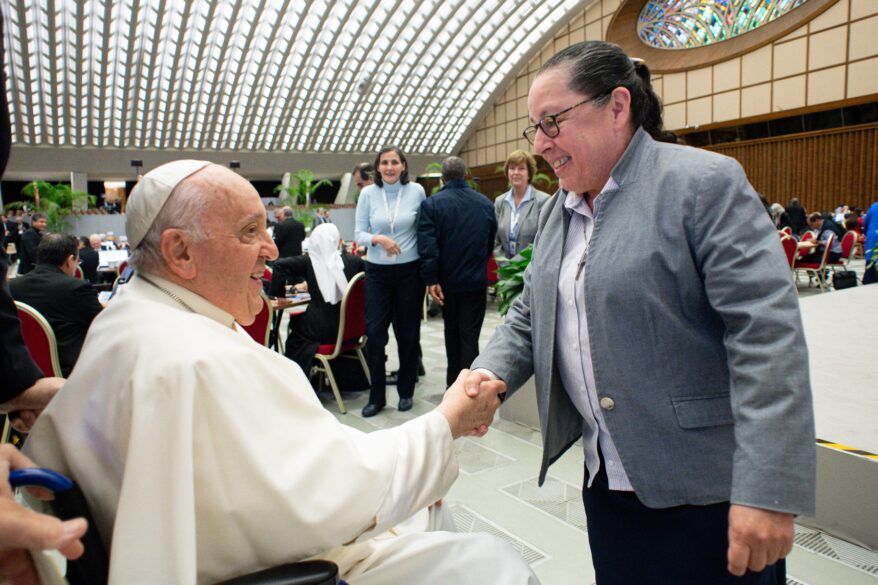
El servicio de oración “simboliza efectivamente caminar junto con algunas de las personas más vulnerables de nuestro planeta, es decir, aquellos que huyen, aquellos que se ven obligados a desplazarse, aquellos a quienes llamamos migrantes y refugiados”, dijo el cardenal Michael Czerny, prefecto del Dicasterio para el Servicio del Desarrollo Humano Integral.
Personal del dicasterio, un refugiado de Camerún y un refugiado de Ucrania leyeron las oraciones durante el servicio.
En su reflexión, el Papa Francisco llamó a reformar las políticas migratorias para incrementar los canales regulares y legales de migración, reconociendo las políticas económicas y demográficas nacionales, pero siempre poniendo “en el centro a los más vulnerables”.
Y, dijo, esas políticas deberían reconocer los beneficios que los inmigrantes aportan a sus nuevos países de origen, incluido “el crecimiento de sociedades más inclusivas, más hermosas y pacíficas”.
“Todos debemos comprometernos a hacer más seguro el camino, para que los viajeros de hoy no sean víctimas de los bandidos”, dijo el Papa. “Es necesario multiplicar los esfuerzos para combatir las redes criminales, que especulan con los sueños de los migrantes”.
Los inmigrantes y refugiados a menudo “parten engañados por traficantes sin escrúpulos. Luego son vendidos como mercancías. Son secuestrados, encarcelados, explotados y convertidos en esclavos”, afirmó. “Son humillados, torturados, y violentados. Y muchos, muchos mueren sin llegar nunca a su destino”.
“Las rutas migratorias de nuestro tiempo están pobladas por hombres y mujeres heridos y abandonados medio muertos; por hermanos y hermanas cuyo dolor clama ante la presencia de Dios”, dijo el Papa Francisco.
Aunque el Papa no mencionó situaciones específicas, hizo referencias fácilmente comparadas con la situación de las personas que tuvieron que abandonar Ucrania debido a la invasión rusa o que están abandonando el norte de Gaza después del ataque de Hamás a Israel y las represalias de Israel.
A menudo, dijo, las personas que dejan sus países “a menudo son personas que escapan de la guerra y del terrorismo, como vemos lamentablemente en estos días”.
El cardenal Czerny dijo a Catholic News Service que, si bien los inmigrantes y refugiados tal vez no estén en los titulares de la cobertura mediática del sínodo, “de hecho, el sínodo abarca todas esas realidades de nuestra vida diaria, que debemos acompañar, o utilizar la palabra sínodo: caminar con”.
Por eso, dijo, después de un largo día de trabajo en la sala del sínodo, los miembros caminaron hacia la Plaza de San Pedro y hacia la estatua, un monumento a “las personas vulnerables en movimiento, personas en fuga, de todas las edades, de todos los lugares y de todos los tiempos. Así que esos somos nosotros, todos nosotros”.
Los miembros del Sínodo, dijo, orarán por personas que conocen, por situaciones en sus propios países y por “las personas vulnerables en situaciones urgentes que conocemos, como la frontera entre Estados Unidos y México o el Mediterráneo, o muchos otros lugares donde, desafortunadamente, la gente se ve obligada a huir del peligro hacia una enorme inseguridad”.
Personalmente, dijo, el ora por “cualquiera que sea la situación o muchas situaciones que escucho en el transcurso de mi trabajo, y cada una de ellas te rompería el corazón y vienen de todas partes del mundo”.
La migración fue un tema importante en la sesión informativa del sínodo más temprano ese día con el cardenal Czerny; el obispo Daniel E. Flores de Brownsville, Texas; el arzobispo Dabula Anthony Mpako de Pretoria, Sudáfrica; y el padre misionero maronita Khalil Alwan, el secretario general con sede en el Líbano del Consejo de los Patriarcas Católicos de Oriente Medio.
El obispo Flores, cuya diócesis está en la frontera con México, dijo que su gente no es adinerada, pero sí generosa.
Y, dijo, al recibir, acoger y ayudar a las familias que cruzan la frontera, generalmente con el permiso del gobierno de Estados Unidos, los católicos trabajan con otras iglesias cristianas, así como con las comunidades musulmana y judía. También hay comunicación y coordinación constante con el obispo de Matamoros, México, al otro lado del río, quien también acoge y atiende a inmigrantes procedentes de América del Sur y Central.
El Papa Francisco dijo a los presentes en el servicio de oración que si bien es fácil mirar hacia otro lado (o caminar al otro lado del camino como lo hicieron los personajes de la parábola), el Evangelio llama a los cristianos “a ser prójimos de todos los caminantes de hoy, para salvar sus vidas, curar sus heridas y aliviar su dolor”.
“Lamentablemente, para muchos es demasiado tarde y no nos queda más remedio que llorar sobre sus tumbas, si las tienen”, dijo. “Pero, el Señor conoce el rostro de cada uno de ellos y no los olvida”.

